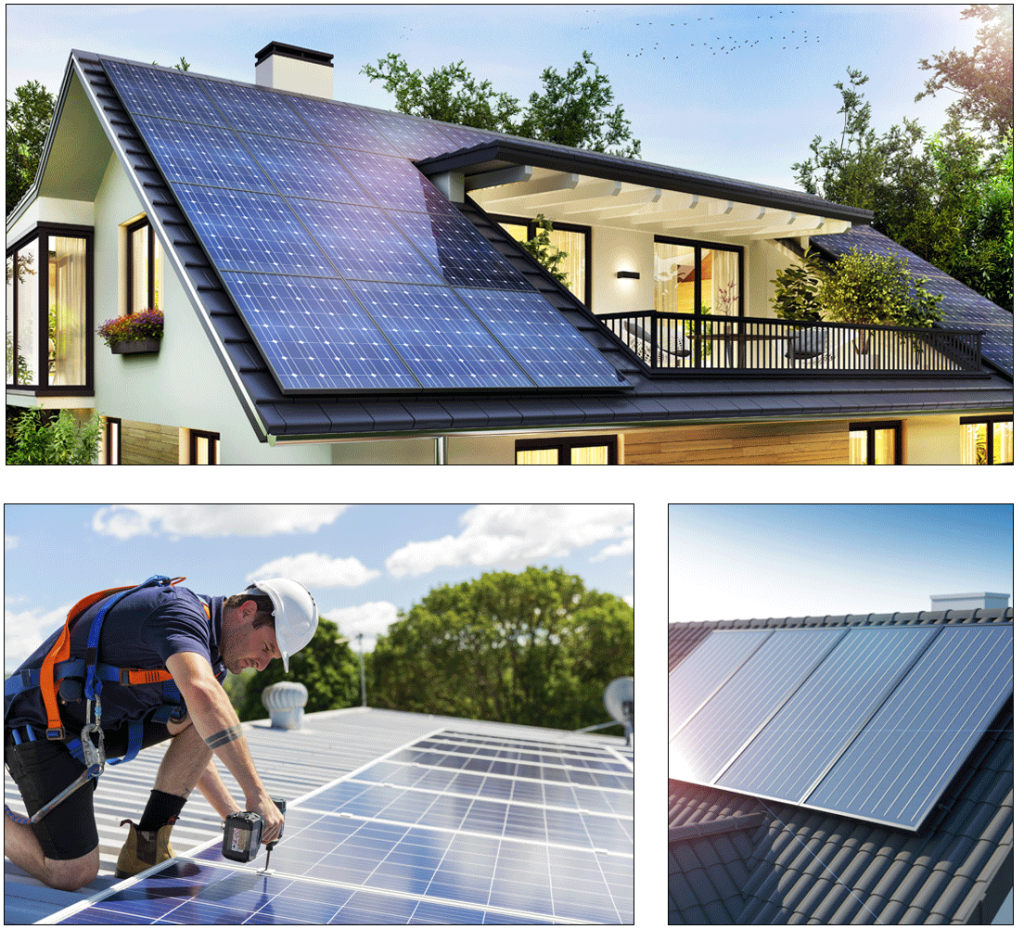TOP-RATED RESIDENTIAL SOLAR PANEL INSTALLATION IN ARIZONA
Solar panel installation is a fast-growing solution to the increasing energy bill in your Arizona home. Different homes require different solar solutions. Solar companies are not created equal and have different areas of expertise in terms of solar panel installation.
With our years of expertise installing residential solar panels, our team of professional installers will plan and design an efficient solar energy system for your home.
The right solar solution will help you manage your electric bills more efficiently. At the same time, you will be able to save more money. We will provide a comprehensive assessment of your residential property to determine your energy consumption.
This will enable us to provide a tailored solar panel solution so that you can make the most out of your solar energy system. We provide state of the art residential solar power installations in Arizona at affordable prices. It is time to reduce your carbon footprint and save on high energy costs.

Highest Standard Of Solar Panel Installation
When it comes to solar panel installation in Arizona, we keep our solar technicians updated with the latest industry standards.
All of our solar technicians receive the highest level of training and are well-experienced in terms of residential solar panel installation.
If you are considering solar panel installation for your Arizona home, our professional technicians will guide you in planning, designing, and installing the best solar solution for your property.
PV or photovoltaic solar panels is a cutting edge technology that absorbs and converts sunlight using semiconductors to produce DC or direct current.
An inverter will convert the direct current to AC or alternating current to power small appliances in your home. Excess electricity will be sent to the electrical grid.
Most residential properties have PV or photovoltaic solar panels installed on their roofs since they convert sunlight directly into electricity. They do not emit any greenhouse gas and help protect the environment.
Photovoltaic solar panels provide many advantages for your residential property. Harnessing the sun’s energy through solar panels is an innovative way of producing electricity.
Solar panels such as photovoltaic panels do not produce harmful greenhouse gas emissions while generating electricity. It produces clean and renewable forms of energy.
Sunlight is abundant and free and since it is supplied by nature, you will be able to install solar panels wherever there is sunlight. Over the years, solar panel costs are constantly decreasing and the cost is expected to continue to drop in the coming years.
Additionally, the operating and maintenance costs of photovoltaic solar panels are very minimal. Since solar panels do not have moving parts, they require little maintenance.
Many homeowners turn to photovoltaic solar panels because they do not produce any noise while generating electricity. This makes solar panels the perfect energy solution for every home.
During the summer, your energy consumption may increase. Photovoltaic solar panels will help you save on energy costs while efficiently cooling your home.
Installing solar panels in your home is one of the best investments you can have due to the financial incentives provided by the government. Solar panels are easy to install on residential roofs and they will not interrupt your daily activities in your home during installation.
You do not have to worry about any leakage that would come from the solar panels since they are made from silicon sheets. They are guaranteed safe to use for any residential property.
Grid-Tied Solar Energy System
A grid-tied solar energy system is very easy and simple to install. They provide lower installation costs and provide much better efficiency rates.
Since these solar panels are tied to the grid, they do not need a backup storage battery to function. However, you may choose to add a battery to store energy and use it when the power grid goes down.
If you are considering a solar panel installation for your Arizona home, you will be consuming and producing electricity simultaneously.
Grid-tied solar energy systems are not required to produce 100% of power to your home. If excess energy is produced, this will be transferred to the grid so others can use it.
On the other hand, when the solar panels are not able to produce enough electricity, the energy grid will supplement the needed power for your home.
A grid-tied solar energy system is an excellent source of renewable energy. Not only is it reliable, but it is also convenient for both residential and commercial use.
Off-Grid Solar Energy System
Off-grid solar energy systems are stand-alone systems because they do not rely on the electricity grid for continuous power.
They are connected to batteries that store the power coming from the solar panels. An off-grid residential property also requires a backup generator in case of emergencies.
On the other hand, the storage batteries need to be replaced every 10 years to make sure that the solar energy system is efficient and in good condition.
Additionally, backup battery storage is needed for off-grid solar energy systems since you will need more power in the evening or if your home is in a low-light environment.
Since an off-grid system is completely disconnected from the grid, it requires additional equipment to ensure that the system is efficient and fully-functioning.
For instance, solar charge controllers are needed to prevent the batteries from overcharging. During night time, you will be able to use the electricity stored in the batteries.
Off-grid solar energy systems are excellent for remote areas that have no access to the electric grid. However, constant monitoring is needed for an off-grid system since it is not connected to the electricity grid.
Hybrid Solar Energy System
A hybrid solar energy system is a combination of an off-grid and grid-tied solar energy system. The term hybrid implies that your grid-tied system has battery storage similar to an off-grid system.
But unlike off-grid systems, you do not need to have a backup generator since you are already connected to the electricity grid.
Excess energy produced by your solar energy system is stored in the batteries and you also have the option to send it to the electricity grid and sell it.
Hybrid systems are less expensive as compared to off-grid systems. However, you will need both types of equipment for a grid-tied and off-grid solar energy system excluding the generator.
If you have a high energy usage in your home, then you might consider a hybrid solar panel installation.
Sloped Roof Mounting System
The most common choice for homeowners is a roof-mounted solar panel installation. This is a cost-effective choice as compared to a ground solar panel system.
Since most residential roofs have an angled design or a sloped design, there are three options for installing or mounting solar panels on your roof. The different mounting techniques include a rail-based, rail-less, and shared-railed mounting system.
Rail-Based Mounting System
A rail-based mounting system can be installed on different types of roofing materials. They are attached to the roof to support rows of solar panels. For waterproofing purposes, flashing is also installed when a screw or bolt is used to secure the racks and solar panels on the roof.
Rail-based mounting systems are more flexible and you can position the angle of the solar panels instead of just following the slope of your roof.
Rail-Less Mounting System
In a rail-less mounting system, the solar panels are attached to the same hardware the bolts and screws are attached to. The solar panels can be positioned to any orientation.
Rail-less systems are much faster to install due to fewer components. It also provides an aesthetically-appealing mounting as compared to rail-based solar panels.
Shared-Rail Mounting System
A shared-rail mounting system provides faster installation time and reduced costs. Similar to a rail-less mounting system, you can position the solar panels in any orientation.
Since the solar panels will share a middle rail, fewer bolts or screws are needed for installation. This will also reduce the weight of the materials that are needed on the roof. This system only uses two rows of rails for each row of solar panels.

